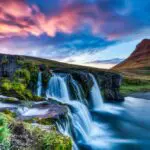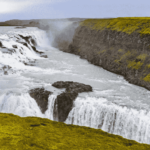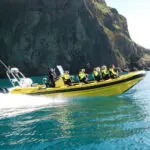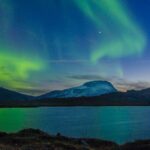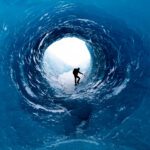Every country has their strange creatures, and Iceland has quite a few. With all the darkness, extreme weather, and natural conditions, it is not weird that all those strange creatures have found a home in Iceland.
In this post, we will tell you about a few of those strange creatures. A few strange creatures can be found in the folktales we’ve shared with you. You can check out the newest tale here and a link to all the other folktales we’ve posted.
Check out part 2 if you haven’t.
Skoffín and Skuggabaldur
Skoffín and skuggabaldur are a bit like ligers and tigons. It is the offspring of a fox and female cat, while skuggabaldur is the offspring of a tomcat and vixen.

Skoffín behaves a bit like a basilisk, and it is thus paramount to never look it directly in the eyes, as you will die if you do so. It is impossible to kill it with bullets unless they’re silver and have a cross on them. A few stories say it changes colors between the seasons, like some foxes, while others say it is almost hairless.
A few tales tell of farmers who have tried to kill a skoffín, thinking it to be a fox, but to no avail. It is generally good-natured, though. As with the skeljaskrímsli, it can be killed by loading the gun with sheep dung. Having it look in a mirror is also possible; it’ll kill itself.
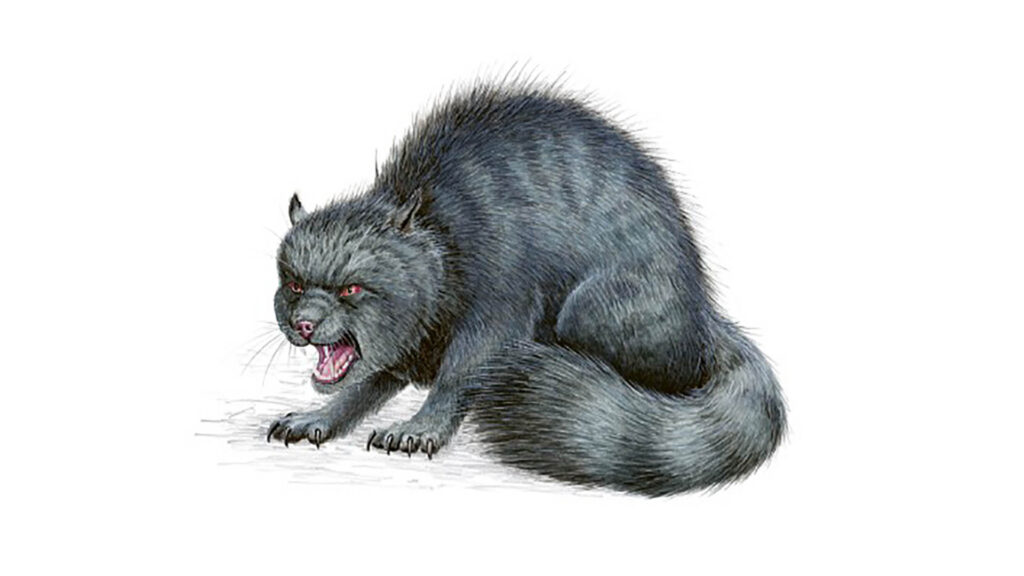
There are stories of skoffíns until 1956. A report was published in the newspaper Morgunblaðið about cruel fox cubs that killed another from another litter.
Skuggabaldur is similar in size but generally black and has a long tail. Skuggabaldur is vermin and very difficult to kill unless you have silver bullets. Unlike the good-natured Skoffín, skuggabaldur is timid.
Nykur – Waterhorse

This creature is one of the more famous ones in Icelandic folklore. The Nykur is a horse that lives in nearly all bottomless ponds or larger lakes in Iceland. The oldest sources of it are from the Book of Settlements. It is described as dapple-grey in color and large but can change form. They can look like a horse, salmon, bull, or fish. The best tell-tale sign that you have a water horse before you is that its hoofs turn backwards.
If people try to ride it, it is important not to say its name or anything that sounds like it (any word that starts with N), then it’ll dash into the water with the rider still on its back. The same happens if it sees a church, hears church bells, or the rider mentions the devil. You will be fine if you make the cross sign while riding it and ask God to help you. This was especially effective in the East fjords as it was believed the water-horse was the devil in disguise.
The Nykur can move between lakes through underground tunnels but can do it above ground as well. It is most likely it does this on New Year’s Eve. If you hear it scream, the weather will change, and it is especially dangerous to meet it in fog.
Skeljaskrímsli – Shell-monster
The Skeljaskrímsli looks like a giant, hideous armadillo or a pangolin. Not much is known about this beast, but it is believed it lives in the ocean around the island and maybe in other places. It is hard to deal with if you meet it. It is fierce and willing to fight, has great strength but is light on its feet, and it doesn’t help that it is entirely nocturnal.
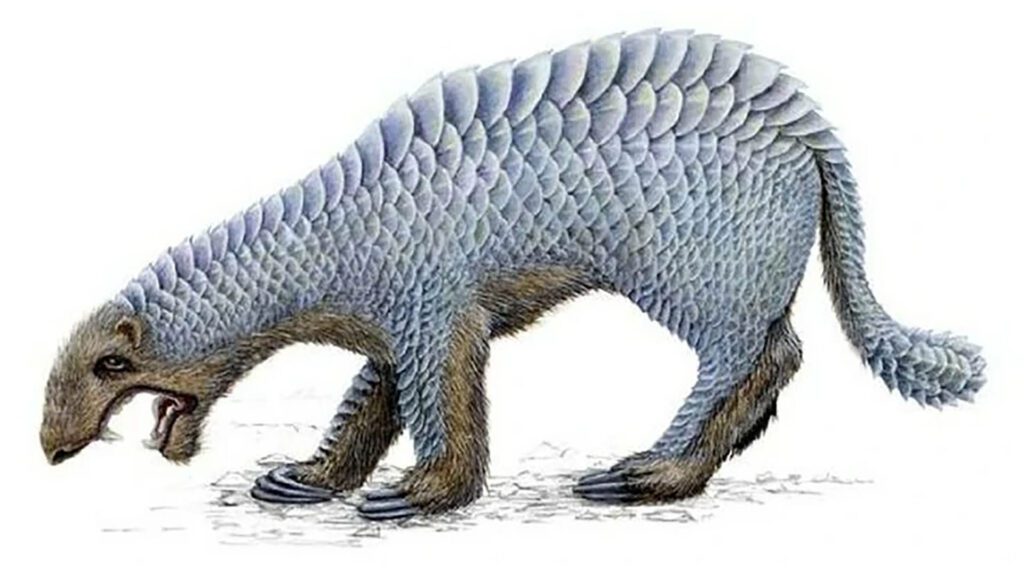
As it only comes out at night, descriptions have been lacking. It is generally described as massive, the height of a full-grown man. Sometimes it has a hump on the back, the legs are thick and low, and its footprints are round, the size of a medium-sized pot. The claws are large, which can clearly be deduced from the deep grooves on the farmstead’s doors or doorposts after the monster visits.
It has a wide neck, huge jaw, large teeth, and red eyes. Its body is mainly covered in dense rows of colorful shells or scales. When the moon shines, they sparkle. Its tail is long and has a great lump on the end it uses as a weapon.
They smell like rotten meat, and it is best to keep the lights turned off because, like moths, it is drawn to the light. If you want to kill it, the only thing that bites is silver bullets or, oddly, sheep dung. It is important not to get its blood on you, as it is poisonous.
Hverafugl- Hot spring bird
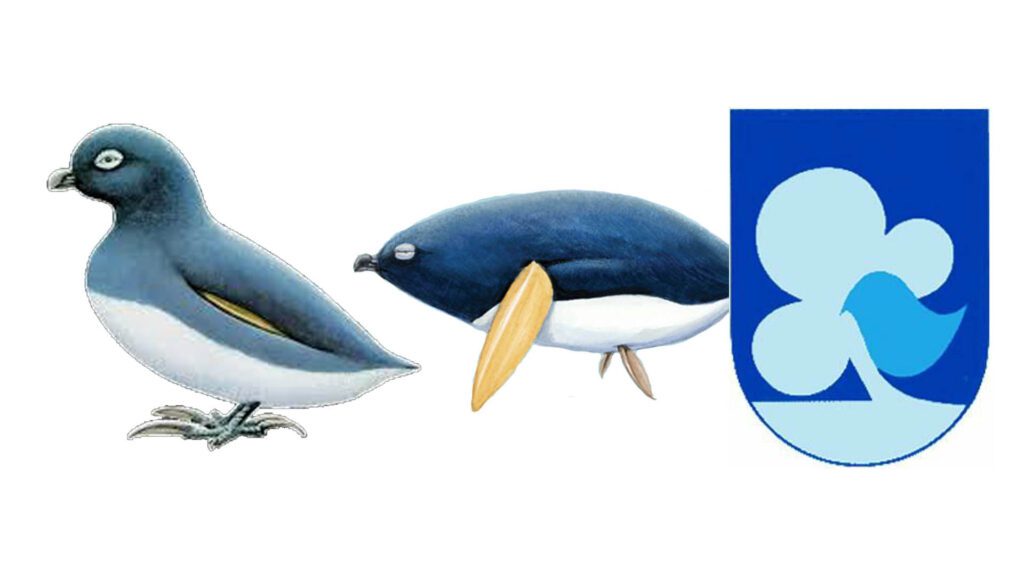
As far as we know, this is the only monster in Iceland that flies. The birds live in and around hot springs, swim, and dive into them. The hot spring bird is described as the size of a duck or a crow and black. Some say they don’t fly but jump and flutter like chickens.
In the 18th century, a man named Jón Ólafsson wrote that he wouldn’t have believed these birds existed unless hearing about them from men more intelligent than him. And added that there are probably many things in nature that are hard to understand, and it’s not right to deny the existence of something just because you haven’t seen it.
Some people believed they were the souls of damned people or simply ghosts.
It was possible to hunt them and eat them. However, to cook them, you had to pour ice cold water over them, and they’d boil after about one and a half hours. They tasted like they had been frost dried, not particularly good.
When the bird dives into the hot springs, it draws in its wings and feet to protect them, so only the feather on the tip of its feet and wings stand out. That’s how they swim underwater.
The last time they were seen was in 1940. The bird is on the coat of arms of Hveragerði.
Please signup HERE for our newsletter for more fun facts and information about Iceland!


